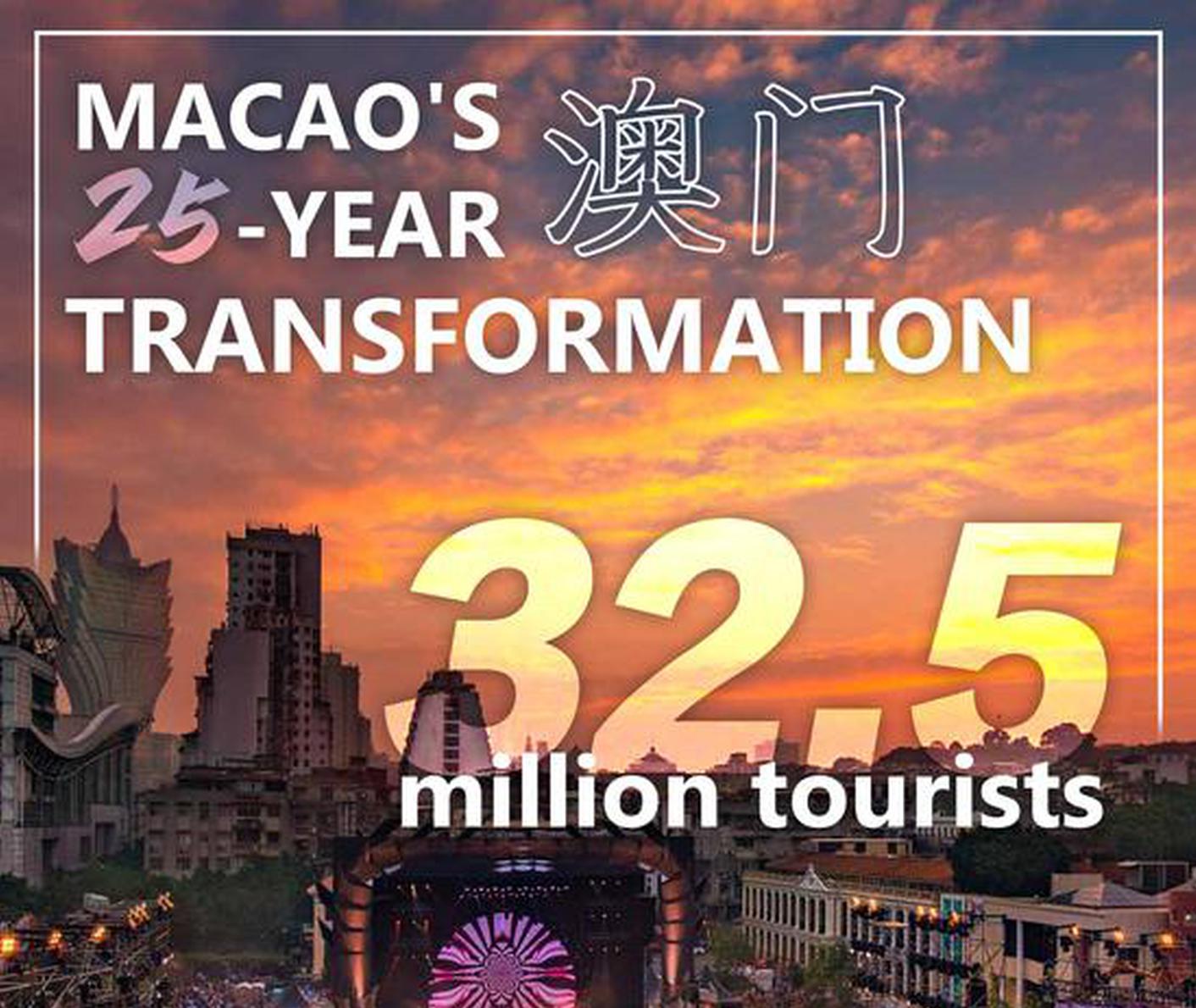Chinese tourists are displaying ever-growing demand for overseas travel, which is now approaching pre-pandemic levels, and the trend is expected to accelerate in 2025, speeding up the rebound of the world's largest source of tourists.
The search volume of Chinese people looking to travel abroad during the eight-day Spring Festival holiday next month was almost triple that of the number of similar searches for the upcoming New Year holiday on Jan 1, said Airbnb China.
Some top outbound destinations for Chinese travelers during the Spring Festival break include Japan, Thailand, New Zealand, Norway, Australia, South Korea, Malaysia, the United States, Italy and Indonesia, Airbnb found. The extended Spring Festival of 2025 will run from Jan 28 to Feb 4.
For this winter, some overseas destinations such as Thailand, Malaysia, Vietnam, Indonesia and Sri Lanka have been sought after by Chinese consumers who would like to escape from the cold weather, said Tuniu Corp, a Nanjing, Jiangsu province-based online travel agency.
"In particular, tropical islands such as the Maldives; Bali, Indonesia; and Phuket, Thailand, have been popular," said Fan Dongxiao, director of Southeast Asia tourism business at Tuniu.
With the gradual recovery of the global tourism market, China has once again become an important engine driving growth of the tourism economy, spurred by the consumption upgrade trend in the country, said the China Tourism Academy.
In the first three quarters, the number of Chinese outbound travelers reached nearly 95 million, jumping 52 percent year-on-year, and the figure rebounded to 82 percent of pre-pandemic levels seen in 2019, the academy said.
"Based on leading indicators such as macroeconomics, market policies and travelers' willingness, we expect China's outbound tourism market to approach pre-pandemic levels this year, and we are positive and optimistic about the outlook for 2025," said Dai Bin, president of the academy.
"An increasing number of niche destinations are becoming options for outbound tourists, and more nontraditional tourism resources are becoming reasons for people to travel abroad. More consumers will visit a country, city or the countryside for sporting events, concerts, featured restaurants or seasonal cuisine," Dai said.
Chinese travelers have embarked on their trips to more destinations across the world, fueled by continuous optimization of visa policies issued by various countries for tourists.
Caissa Touristic, a Beijing-based travel agency, said it has seen higher product inquiries and sales for long-haul trips to Europe from Chinese travelers. This winter, some warmer destinations such as Australia, Egypt, Morocco and South America have also been popular with booming sales.
The company said it launched a group of new outbound travel products during the Nov 11 online shopping extravaganza, including trips to Australia and New Zealand, Southeast Asia, the Middle East and Africa, and cruise travel products. Those products have received frequent inquiries of late.
Meanwhile, China's outbound cruise bookings have been robust, and international cruise operators plan to ride this trend in 2025 and continue to increase their investments in China to meet growing demand.
US cruise line operator Royal Caribbean said 2024 is a year of the return of pleasure cruises in China, and the company resumed operations in the country in late April after the COVID-19 pandemic.
This year, it has so far completed 48 sailings and carried some 220,000 passengers in China. In 2025, the company will continue to operate cruise trips from Shanghai to multiple Japanese destinations.
"Demand is expected to continuously grow in China. Chinese consumers would like to try new cuisines, activities and experience different cultures. It's less about shopping and more about experiences," said Benjamin Bouldin, president of Royal Caribbean International, China.


















































 京公网安备 11010202009201号
京公网安备 11010202009201号